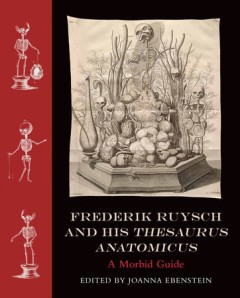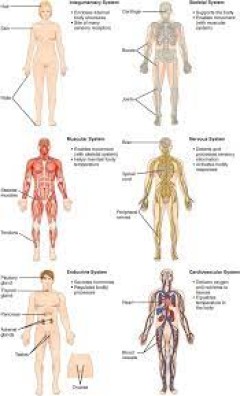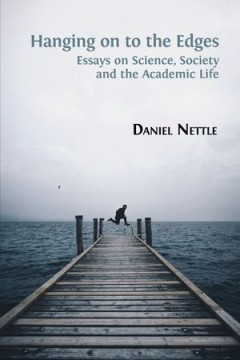Filter by

Frederik Ruysch and his thesaurus anatomicus :a morbid guide
A lavishly illustrated guide to the magnum opus of the great seventeenth-century anatomist, master embalmer, artist, and collector of specimens. Frederik Ruysch (1638-1731) was a celebrated Dutch anatomist, master embalmer, and museologist. He is best remembered today for strange tableaux, crafted from fetal skeletons and other human remains, that flicker provocatively at the edges of science, …
- Edition
- -
- ISBN/ISSN
- 9780262366526
- Collation
- 1 online resource (256 pages)
- Series Title
- -
- Call Number
- -

The body fantastic
"An original view of human corporeality linking myths, legends, and fables with biomedical concepts about some bodily parts"--OCLC-licensed vendor bibliographic record.
- Edition
- -
- ISBN/ISSN
- 0262365693
- Collation
- 1 online resource.
- Series Title
- -
- Call Number
- -

Human Anatomy and Physiology Preparatory Course
The overall purpose of this preparatory course textbook is to help students familiarize with some terms and some basic concepts they will find later in the Human Anatomy and Physiology I course. The organization and functioning of the human organism generally is discussed in terms of different levels of increasing complexity, from the smallest building blocks to the entire body. This Anatomy an…
- Edition
- -
- ISBN/ISSN
- -
- Collation
- -
- Series Title
- -
- Call Number
- 611 LIA h

Hanging on to the Edges
What does it mean to be a scientist working today; specifically, a scientist whose subject matter is human life? Scientists often overstate their claim to certainty, sorting the world into categorical distinctions that obstruct rather than clarify its complexities. In this book Daniel Nettle urges the reader to unpick such distinctions—biological versus social sciences, mind versus body, and …
- Edition
- -
- ISBN/ISSN
- 9781783745821
- Collation
- -
- Series Title
- -
- Call Number
- -
 Computer Science, Information & General Works
Computer Science, Information & General Works  Philosophy & Psychology
Philosophy & Psychology  Religion
Religion  Social Sciences
Social Sciences  Language
Language  Pure Science
Pure Science  Applied Sciences
Applied Sciences  Art & Recreation
Art & Recreation  Literature
Literature  History & Geography
History & Geography